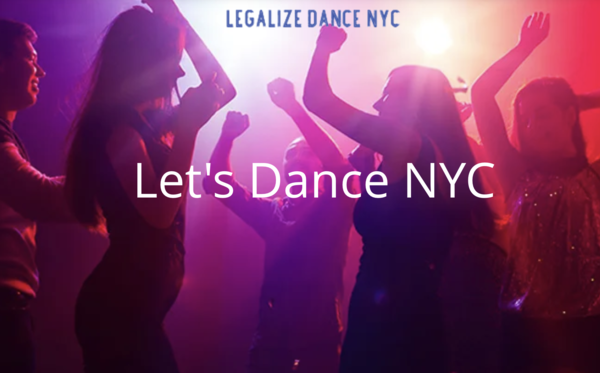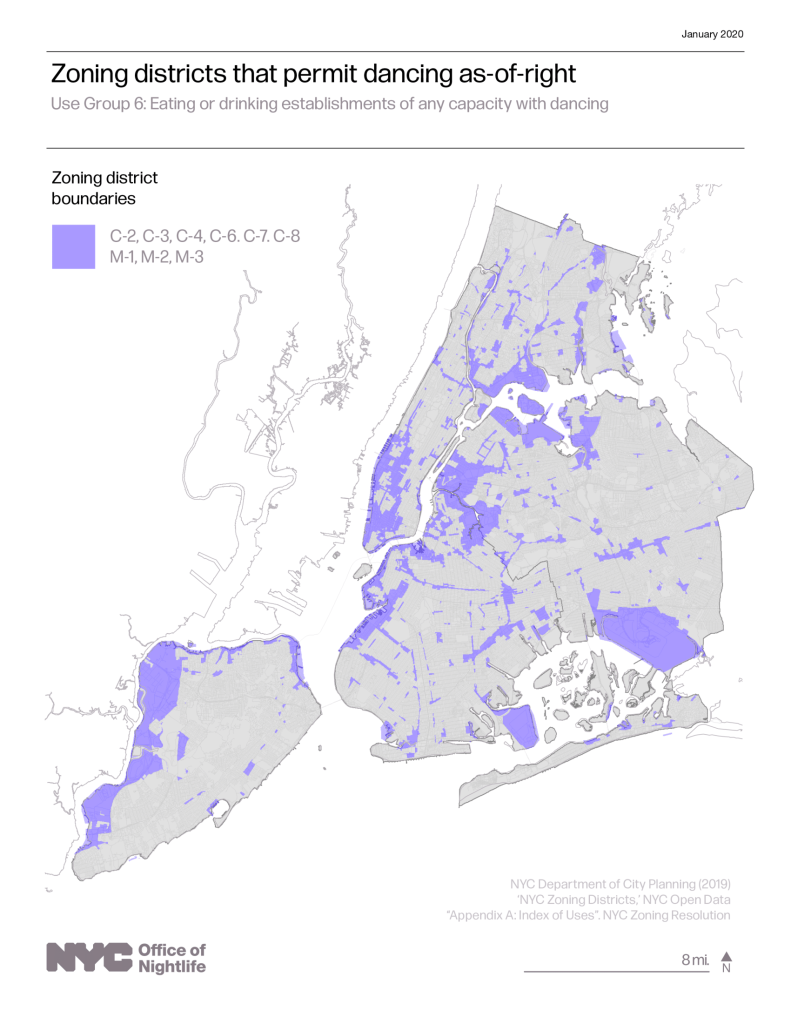
New York City's Dancing Prohibition Remains a Barrier to Entry, Equality
New York’s 1960s-era zoning code still
prohibits dancing in small bars and restaurants in more than 80 percent
of the city, but Mayor Eric Adams and Legalize Dance.Org want to change that.
|

New York City is the home of hip-hop and salsa and a home away from
home for many other music genres and styles of dance, but its zoning
code still technically prohibits dancing in small bars and restaurants
in over 80 percent of the city.
In 2017, New York repealed its Prohibition-era Cabaret Law,
which required establishments hosting dancing to possess a cabaret
license and was often enforced in a discriminatory manner. However, the
city did not change the underlying zoning code that prohibits dancing
outside manufacturing zones and certain commercial zones.
Now, Mayor Eric Adams wants to end the dancing ban as part of a package of land use reforms called “City of Yes” that would cut red tape for small businesses and speed up minor zoning
changes. The zoning text amendment which addresses dancing, Zoning for
Economic Opportunity, will undergo public review at the end of 2023.
Enforcement of the zoning regulations around dancing tapered off
after 2017, but the regulations force existing establishments to operate
in a legal gray zone and serve as a barrier to entry to new ones,
dragging not only on the city’s economy but also its culture.
“Access to social dancing is important,” says Candace
Thompson-Zachery, the Director of Programming and Justice Initiatives at
Dance/NYC, a non-profit that supports the dance industry. “Hip-hop is
largely a social form that was born in parties in basements and on
street corners. Things like salsa were also born here in largely social
dance spaces…It’s these enclaves of bars, restaurants, and event spaces
that give rise to new cultural forms and new cultural phenomena.”
Unfinished business
Ariel Palitz, the first Director of the Mayor's Office of Night Life (ONL), who very recently stepped down, described the proposed zoning text amendment in 2022 as “unfinished business.” In a statement, the Office of
Nightlife again connects the Cabaret Law to the proposed zoning changes.
“The City of Yes initiative proposes an adjustment to the current
zoning laws, completing the full repeal of the Cabaret Law, promoting
fairness and equality,” they say.
One nail in the Cabaret Law’s coffin was a 2014 first amendment lawsuit against
the Cabaret Law filed by Andrew Muchmore, former owner of Muchmore’s in
Williamsburg, Brooklyn. “In hindsight, it probably would have been
important to include the zoning regulations in our lawsuit,” Muchmore
says. “They were sort of a loose end.”
ONL clarified the repeal in 2017: “While the requirement to obtain a Cabaret license has been
repealed, the underlying requirements that allow for patron dancing were
not eliminated…If the nightlife venue was not permitted to have dancing
before the cabaret license was repealed, it is likely that it is still
not allowed.”

|
|
Dance Parade New York believes live dance
has the potential to awaken a communal human spirit
which can help build a more equitable and vibrant society.
|
|
|
|
|